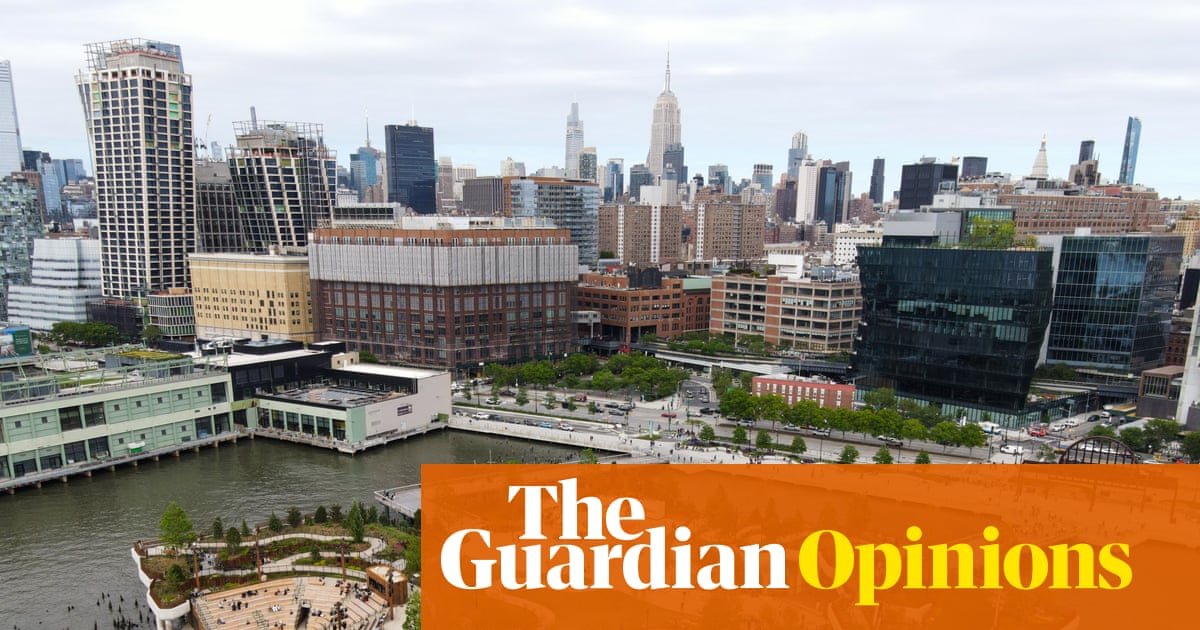
"The texture of our interactions in public spaces has changed: people walk faster, linger less, and are less likely to meet up due to technology."
"Using AI to study urban public spaces allows for data collection and pattern recognition, enabling new designs to enhance real-world interactions."
"William Holly Whyte’s work in the 1970s showed that people are attracted to other people, shaping modern public space design around this principle."
"Innovations in technology now allow for the analysis of historical footage on urban spaces more efficiently, overcoming the challenges faced by earlier researchers."
Interactions in public spaces have dramatically shifted over time. Research conducted in collaboration with Yale, Harvard, and other institutions reveals people are walking faster, lingering less, and less likely to meet one another. Factors like technology, including phones and AI, contribute to this change. However, AI also offers a solution to re-evaluate and improve urban designs. Historical analysis by William Holly Whyte serves as a foundation, illustrating the importance of social interactions in public spaces and enabling data-driven design recommendations. Recent developments with AI streamline the process of analyzing public space footage, enhancing contemporary urban planning efforts.
Read at www.theguardian.com
Unable to calculate read time
Collection
[
|
...
]